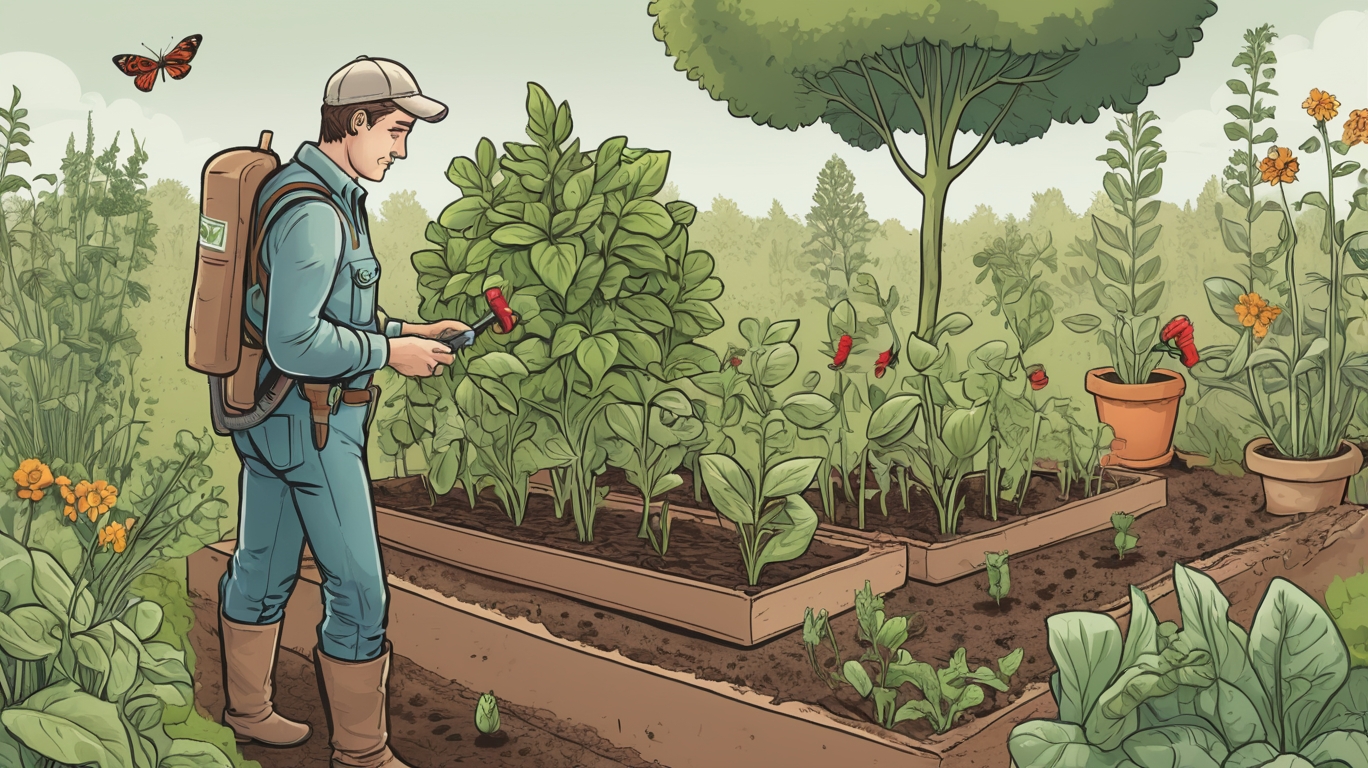Companion Planting for Pest Control: A Natural Approach to a Healthier Garden
Gardening is a peaceful, rewarding endeavor—until pests arrive and disrupt the harmony. While chemical solutions are readily available, there’s a gentler, more sustainable way to protect your plants: companion planting. By strategically placing certain plants near each other, you can naturally deter pests, improve soil health, and even enhance flavor.

What Is Companion Planting?
Companion planting is the practice of growing different plants together for mutual benefit. Some plants repel harmful insects, while others attract beneficial ones. Some improve soil nutrients, and others provide shade or support. When done thoughtfully, this method reduces the need for pesticides and fosters a balanced ecosystem in your garden.
How Companion Planting Deters Pests
Many pests rely on scent to locate their favorite plants. Strong-smelling herbs, flowers, and vegetables can mask the scent of vulnerable crops, confusing pests and keeping them at bay. Other plants produce natural compounds that repel insects, while some simply act as a “trap crop,” luring pests away from more valuable plants.
Effective Companion Planting Pairings for Pest Control
1. Basil & Tomatoes
- Why it works: Basil repels thrips, whiteflies, and mosquitoes while enhancing the flavor of tomatoes.
- Bonus: Some gardeners believe basil improves tomato growth.
2. Marigolds & Almost Anything
- Why it works: Marigolds emit a scent that deters nematodes, aphids, and even rabbits.
- Best for: Planting near tomatoes, cucumbers, and beans.
3. Nasturtiums & Cucumbers (or Squash)
- Why it works: Nasturtiums act as a trap crop for aphids, luring them away from other plants.
- Bonus: Their bright flowers attract pollinators.
4. Garlic & Roses (or Fruit Trees)
- Why it works: Garlic’s strong scent repels aphids, Japanese beetles, and spider mites.
- Bonus: It also helps deter larger pests like deer.
5. Chives & Carrots
- Why it works: Chives repel carrot flies and improve carrot flavor.
- Bonus: Their purple flowers attract bees.
6. Mint & Cabbage (with Caution)
- Why it works: Mint deters cabbage moths and ants.
- Note: Mint spreads aggressively—plant in containers near crops instead of directly in the ground.
Additional Tips for Success
- Diversity is key: A mix of flowers, herbs, and vegetables confuses pests and supports beneficial insects.
- Rotate crops: Prevent soil-borne pests by changing plant locations each season.
- Observe and adjust: Every garden is different. Take notes on what works and refine your approach.
A Calmer, Healthier Garden
Companion planting is a gentle, time-tested way to manage pests while fostering biodiversity. Instead of battling insects with harsh chemicals, you can work with nature to create a thriving, balanced garden. The result? A peaceful space where plants support each other—and where you can enjoy the quiet satisfaction of growth without unnecessary interference.
Would you like help designing a companion planting layout for your garden? Share your favorite plant pairings in the comments below! 🌱